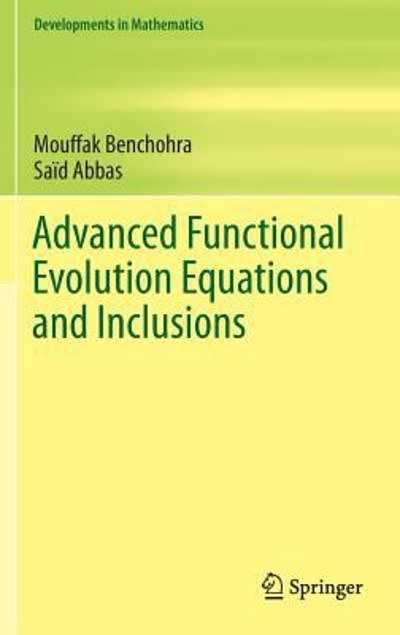Question
1. Suppose that, in group A, men are on average older than women. Suppose that, in group B, men are on average older than women.
1. Suppose that, in group A, men are on average older than women. Suppose that, in group B, men are on average older than women. If group A and group B are combined into group C, then, in group C, ___.
A. men will be older than women on average
B.men will not necessarily be older than women on average
2. The probability of X happening is 60%, and the probability of Y happening is 10%. X and Y are independent events. What is the probability that X and Y both occur?
A.6%
B.12%
C.35%
D.600%
E.Cannot be determined from the information provided.
3. Suppose that we have 100 small groups, with 5 people in each small group. We also have 100 large groups, with 100 people in each large group. Across all groups, there are 10,500 people. Suppose that we randomly gave each person in each group a 0 or a 1. We then calculate the percentage of 1s in each group. So, for example, if 2 of the 5 people in a small group received a 1, then that is 40%; and if 40 of 100 people in a large group received a 1, then that is also 40%. Which of the following is most likely?
A.Of the 10 groups with the largest percentage of 1s, most of these groups should be small groups.
B.Of the 10 groups with the largest percentage of 1s, most of these groups should be large groups.
C.Of the 10 groups with the largest percentage of 1s, these groups are just as likely to be a small group as to be a large group.
4. Bob has a fair coin that he flips 200 times. Amy has a very unfair coin that she flips 200 times. Bob calculates a p-value for a test of the null hypothesis that his coin is fair. Amy calculates a p-value for a test of the null hypothesis that her coin is fair. Which of the following is most likely true?
A.Amy's p-value is smaller.
B.Bob's p-value is smaller.
C.Amy's p-value is the same or very close to the same as Bob's p-value.
5. Suppose that our null hypothesis is that the coin that we are testing is fair. If we flipped the coin and got 6 heads and 6 tails, what would the p-value be for the statistical test of whether the coin is fair?
- A.0
- B.1
- C.something between 0 and 1
6.. Suppose that our null hypothesis is that the coin that we are testing is fair. If we flipped the coin and got 0 heads and 12 tails, what would the p-value be for a statistical test of whether the coin is unfair?
- A.0
- B.1
- C.something between 0 and 1
7. If, in an experiment, the mean for the control group was 0, and the mean for the treatment group was 1, what would the p-value be for a statistical test in which the null hypothesis is that the control group equals the treatment group mean?
- A.0
- B.1
- C.Something between 0 and 1
8. If, in an experiment, the mean for the control group was 2, and the mean for the treatment group was 2, what would the p-value be for a statistical test in which the null hypothesis is that the control group equals the treatment group mean?
- A.0
- B.1
- C.Something between 0 and 1
9. Which one of the following would be expected to increase the standard error for a sample mean, with observations that were randomly selected from a population?
- A.adding more data randomly selected from the population
- B.replacing an observation at the mean with an extreme outlier
- C.dividing observed values by 2
10. Suppose that, for a set of participants randomly selected from a population, the 95% confidence interval for support for the president is [40, 50]. If we were to add more participants randomly-selected from the same population and then re-calculate the 95% confidence interval, then that new 95% confidence interval would be ___ than [40, 50].
- A.thinner
- B.wider
- C.the same width as
11. If an expert witness presents evidence from 50 studies, each with a power of 2% and each of which found statistically significant evidence for the effect, that ___ suspicious.
- A.would be
- B.would not be
12. Statistical power calculations indicate that there is an 80% chance of detecting a d=0.70 effect size at p=0.05 for a two-tailed test, if each sample has 33 observations. What would be the chance of detecting a d=0.70 effect size at p=0.01 for a two-tailed test, if each sample has 33 observations?
- A.Less than 80%
- B.80%
- C.Greater than 80%
Step by Step Solution
There are 3 Steps involved in it
Step: 1

Get Instant Access to Expert-Tailored Solutions
See step-by-step solutions with expert insights and AI powered tools for academic success
Step: 2

Step: 3

Ace Your Homework with AI
Get the answers you need in no time with our AI-driven, step-by-step assistance
Get Started


